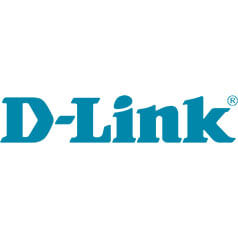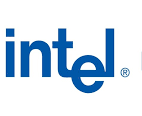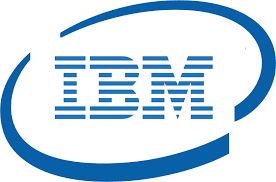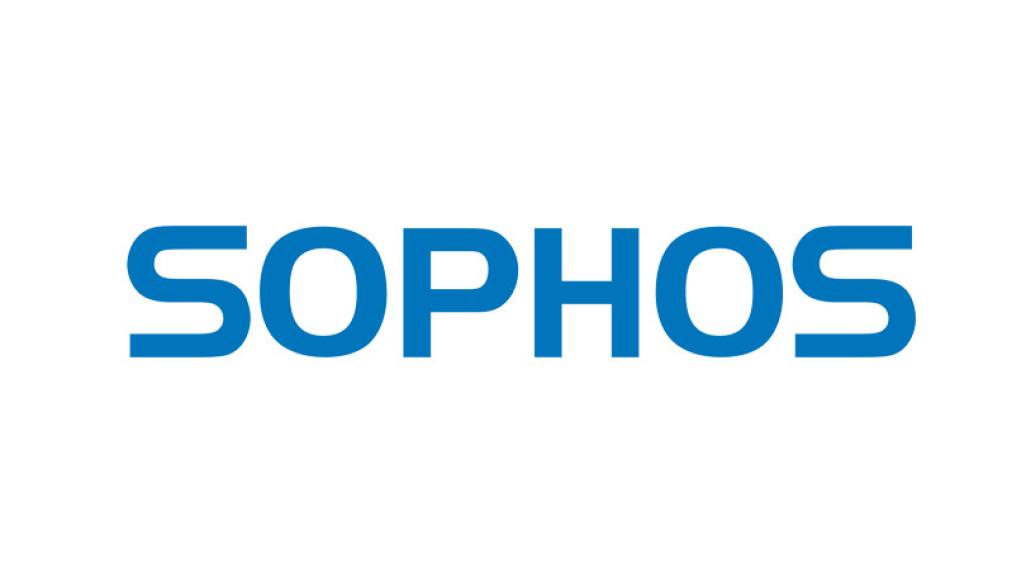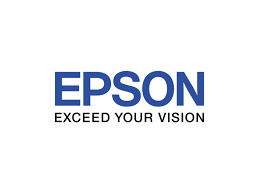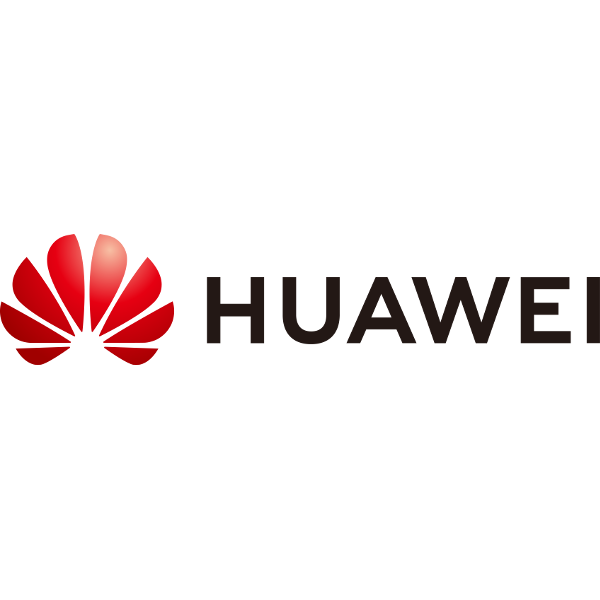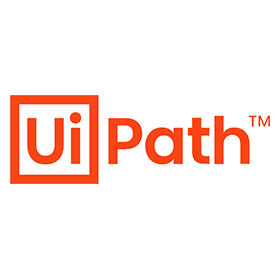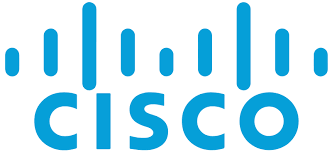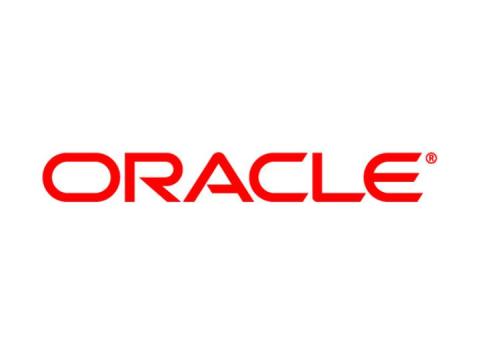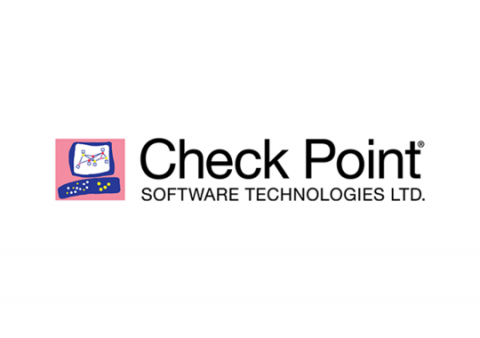Desktop Virtualization
Desktop Virtualization short Description.
Get a Quote
What is desktop virtualization?
Desktop virtualization creates a software-based (or virtual) version of an end user’s desktop environment and operating system (OS) that is decoupled from the end user’s computing device or client. This enables the user to access his or her desktop from any computing device.
Deployment models
There are three typical deployment models for desktop virtualization:
Virtual desktop infrastructure (VDI)
In virtual desktop infrastructure (VDI), the operating system runs on a virtual machine (VM) hosted on a server in a data center. The desktop image travels over the network to the end user’s device, where the end user can interact with the desktop (and the underlying applications and operating system) as if they were local.
VDI gives each user his or her own dedicated VM running its own operating system. The operating system resources—drivers, CPUs, memory, etc.—operate from a software layer called a hypervisor that mimics their output, manages the resource allocation to multiple VMs, and allows them to run side by side on the same server.
A key benefit of VDI is that it can deliver the Windows 10 desktop and operating system to the end user’s devices. However, because VDI supports only one user per Windows 10 instance, it requires a separate VM for each Windows 10 user.
Remote desktop services (RDS)
In remote desktop services (RDS)—also known as Remote Desktop Session Host (RDSH)—users remotely access desktops and Windows applications through the Microsoft Windows Server operating system. Applications and desktop images are served via Microsoft Remote Desktop Protocol (RDP). Formerly known as Microsoft Terminal Server, this product has remained largely unchanged since its initial release.
From the end user’s perspective, RDS and VDI are identical. But because one instance of Windows Server can support as many simultaneous users as the server hardware can handle, RDS can be a more cost-effective desktop virtualization option. It’s also worth noting applications tested or certified to run on Windows 10 may not be tested or certified to run on the Windows Server OS.
Desktop-as-a-Service (DaaS)
In desktop as a service (DaaS), VMs are hosted on a cloud-based backend by a third-party provider. DaaS is readily scalable, can be more flexible than on-premise solutions, and generally deploys faster than many other desktop virtualization options.
Like other types of cloud desktop virtualization, DaaS shares many of the general benefits of cloud computing, including support for fluctuating workloads and changing storage demands, usage-based pricing, and the ability to make applications and data accessible from almost any internet-connected device. The chief drawback to DaaS is that features and configurations are not always as customizable as required.
Benefits
Virtualizing desktops provides many potential benefits that can vary depending upon the deployment model you choose. Some of possible benefits are as follows:
- Simpler administration: Desktop virtualization can make it easier for IT teams to manage employee computing needs. Your business can maintain a single VM template for employees within similar roles or functions instead of maintaining individual computers that must be reconfigured, updated, or patched whenever software changes need to be made. This saves time and IT resources.
- Cost savings: Many virtual desktop solutions allow you to shift more of your IT budget from capital expenditures to operating expenditures. Because compute-intensive applications require less processing power when they’re delivered via VMs hosted on a data center server, desktop virtualization can extend the life of older or less powerful end-user devices. On-premise virtual desktop solutions may require a significant initial investment in server hardware, hypervisor software, and other infrastructure, making cloud-based DaaS—wherein you simply pay a regular usage-based charge—a more attractive option.
- Improved productivity: Desktop virtualization makes it easier for employees to access enterprise computing resources. They can work anytime, anywhere, from any supported device with an Internet connection.
- Support for a broad variety of device types: Virtual desktops can support remote desktop access from a wide variety of devices, including laptop and desktop computers, thin clients, zero clients, tablets, and even some mobile phones. You can use virtual desktops to deliver workstation-like experiences and access to the full desktop anywhere, anytime, regardless of the operating system native to the end user device.
- Stronger security: In desktop virtualization, the desktop image is abstracted and separated from the physical hardware used to access it, and the VM used to deliver the desktop image can be a tightly controlled environment managed by the enterprise IT department.
- Agility and scalability: It’s quick and easy to deploy new VMs or serve new applications whenever necessary, and it is just as easy to delete them when they’re no longer needed.
- Better end-user experiences: When you implement desktop virtualization, your end users will enjoy a feature-rich experience without sacrificing functionality they’ve come to rely on, like printing or access to USB ports.
Other Desktop Virtualization Solutions Provided by Rise Tech
LET'S TALK ABOUT YOUR BUSINESS IT SOLUTIONS NEEDS
Unmatched Quality and Reliability !
What our Clients say about us
Rise Tech is a client eccentric company
Lorem ipsum dolor sit amet, consectetur adipiscing elit. Nunc viverra erat orci. Lorem ipsum dolor sit amet, consectetur adipiscing."
Lorem ipsum dolor sit amet, consectetur adipiscing elit. Nunc viverra erat orci. Lorem."
Lorem ipsum dolor sit amet, consectetur adipiscing elit. Nunc viverra erat orci. Lorem."



 Jhon smith
Jhon smith

